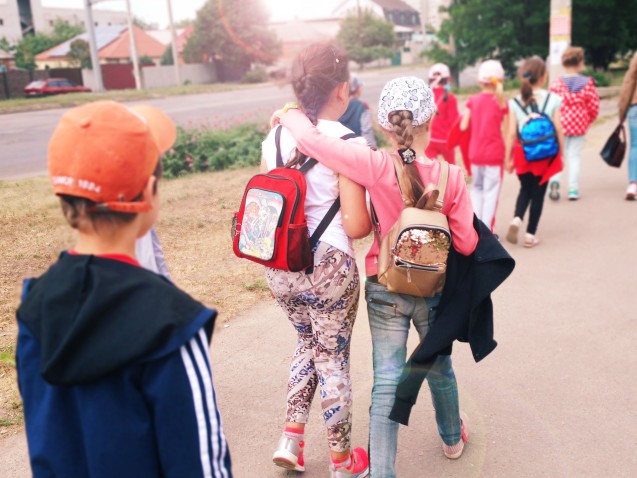What to Do When You’ve Tried Everything and the Bullying Won’t Stop
 Bullying is more common than we may like to admit. Sometimes you have a group of students who are constantly having problems with each other. You try everything and nothing seems to work.
Bullying is more common than we may like to admit. Sometimes you have a group of students who are constantly having problems with each other. You try everything and nothing seems to work.
When you are frustrated that everything you’re trying to make a situation better isn’t working remember a few things: You care about your students and you have the will and capacity to figure out a solution. You are allowed to be frustrated by this situation because it is frustrating. You’re even allowed moments of not liking the students who are making this situation so challenging.
Take a Step Back
If you’re saying to yourself, “I’ve tried everything,” take a step back. This phrase means that you have gotten to a place where it’s very hard to self-reflect thoughtfully or creatively come up with new ideas.
First, inventory what you know. Write down specifically, with as much detail as you can remember, what you mean by, “I tried everything.” When you’re done, take a walk around the block or the school, somewhere so your brain can think creatively. Come back and try to write down three insights about why you think your previous strategies haven’t been effective and what you can do to address those obstacles.
Here are some sample questions you can ask yourself:
- What was my reasoning for implementing the strategy I chose?
- When did I implement this strategy? Not only the date but what was happening in the school?
- What was happening in my classroom that week?
- Did I respond emotionally (out of fear, frustration, etc.)?
- What are the students doing right before they come to my classroom? For example, if they are coming back from lunch or recess something could have occurred then that impacts the students’ behavior in my class.
Try the following exercises to look at your situation from a different perspective:
- Write down a few sentences that clearly define what you want to change in this situation or between the students who are having a problem.
- Observe the group when they aren’t your responsibility. Watch them before school, at lunch or ask another teacher who has these students if you can observe their class.
- Ask a colleague to sit in the class while you teach. They can sit in the back of the room and bring their own work; you need a second pair of eyes and ears to pick up what you’re missing. Debrief after class and come up with strategies together. And get over any feelings of failure or embarrassment that you’re asking for help or admitting that things aren’t going great in your class. It happens to everyone. If a colleague says it’s never happened to them, they’re deluding themselves.
Talk With the Students
When you’ve done your inventory and observed the students, schedule a time to meet with the aggressors (one at a time) and then say in your own words:
“I really want you in my class because [insert something positive about the student here]…but what’s going on with you and x student isn’t acceptable to me because… Just like I would defend your right to be in my classroom and be treated with dignity, I will do the same for this student. Is there anything I should know about this situation that would help me understand what’s going on? (Whatever the response it doesn’t justify the behavior but any background/more information is helpful.) More than getting you in trouble, I am asking for your agreement that you understand why it’s important to stop undermining this student. I want you in this class. Do you think you can do this?
Just so there’s no surprises, although I believe you get what I’m saying and you’re taking it seriously, if this doesn’t change, here’s what could happen as a result…[insert next level of discipline here] I don’t want that to happen but if this continues, you’re limiting what I can do because I have to have a class that’s safe for all of my students. Thanks for meeting with me.”
The bottom line is there isn’t going to be one solution for this problem and it’s probably going to take time. You probably won’t have one “aha” moment with the students where they permanently change their behavior. But if you reflect on how you’re responding to the dynamics between the students and then take the time to really “see” what’s going on between them, you will figure out how to be more effective.
Reprinted with permission. Cultures of Dignity | What To Do When You’ve Tried Everything & The Bullying Won’t Stop, http://culturesofdignity.com/what-to-do-when-youve-tried-everything-the-bullying-wont-stop/| © 2018 Cultures of Dignity
Do you need someone to talk to? CHC can help. We invite you to call or email our Care Coordinators at 650.688.3625 or careteam@chconline.org to set up a free 30-minute consultation.





